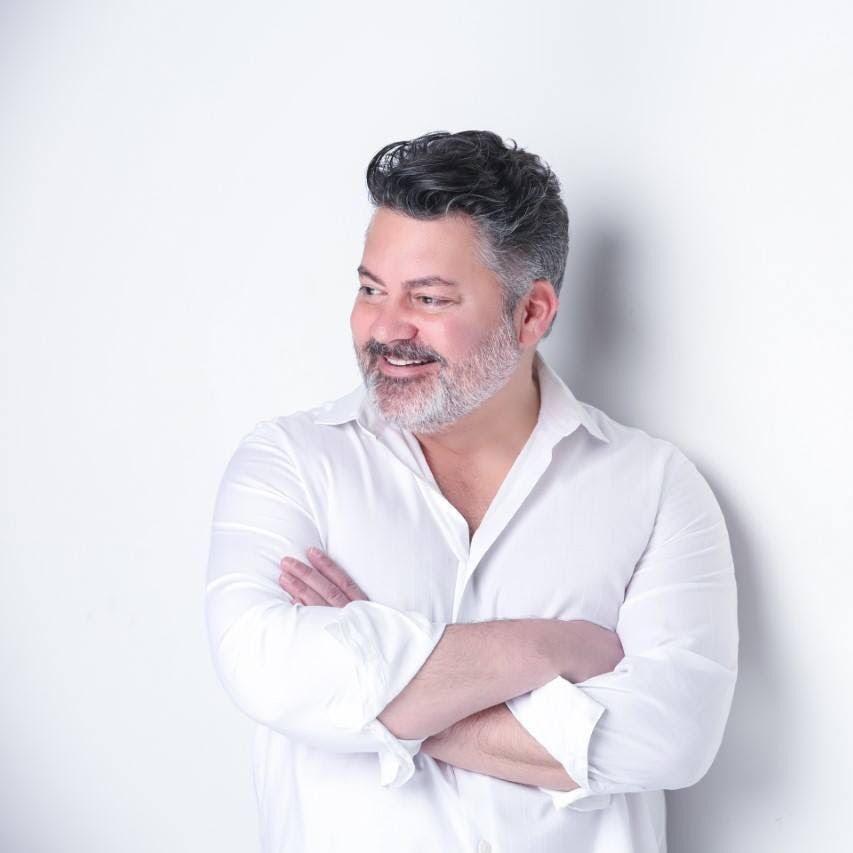NPI REFLECTS SPRING 2021
Volume 11: Issue 1
this issue
What is NPI? The Nashville Psychotherapy Institute or NPI is a 501(c)(6) non profit, professional organization. Founded in 1985, NPI now boasts 300+ members. www.NashvillePsychotherapyInstitute.org
Inside this issue:
“Connections” by artist Marilyn Deitchman 1
A note from the Chair John Nichols
2
Let’s Connect Ways to connect with NPI community
3
Eulogy for Tiny Relationship Cynthia Ezell
4
Group Psychotherapy for the Psychotherapist… Philip Chanin
6
Could I Be Loved Linda Odom
7
As Below, So Above Barbara Sanders
8
Board Member Spotlight Hannah Reynolds
9
2021 Jules Seeman Fall Workshop Save the Date
12
Continuing Education Calendar of Events
13







